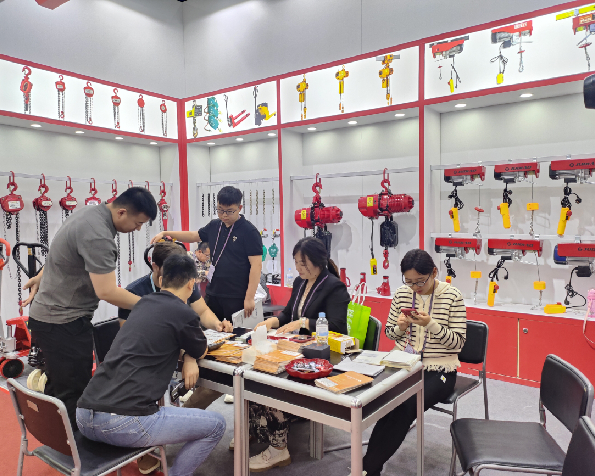


The Manual Pump Truck A Versatile Tool for Material Handling
In industries ranging from warehousing to construction, the manual pump truck, often referred to as a hand pallet jack or pump truck, plays a crucial role in the efficient movement of goods. Despite the advent of advanced motorized equipment, the manual pump truck remains a staple due to its simplicity, effectiveness, and cost-effectiveness.
What is a Manual Pump Truck?
A manual pump truck is a wheeled device designed primarily for lifting and transporting palletized loads. The most common design features two forks that slide under a pallet. By utilizing a hydraulic system, the operator can raise the forks to lift the load slightly off the ground, making it easy to maneuver the pallet in various directions.
Key Components
The design of a manual pump truck consists of several key components
1. Forks These are the two elongated arms that slide beneath the pallet. They are usually adjustable in height and can accommodate various pallet sizes.
2. Hydraulic Pump Located on the handle, this pump activates the hydraulic mechanism that raises the forks. A simple pump action allows for lifting heavy loads with minimal effort.
3. Wheels Equipped with swivel castors, the wheels provide excellent maneuverability. Some models also come with larger wheels for smooth operations on uneven surfaces.
4. Handle The pump truck features a handle that can be pushed or pulled. It often incorporates ergonomic designs to minimize strain during operation.
Advantages of Using a Manual Pump Truck
1. Cost-Effective Compared to electric or fully powered forklifts, manual pump trucks are significantly cheaper. This affordability makes them accessible for small businesses and startups.

2. Ease of Use Manual pump trucks are easy to operate, requiring minimal training. This feature is particularly beneficial in situations where staff turnover is high or where temporary workers are frequently employed.
3. Portability Unlike motorized lifting equipment, manual pump trucks are lightweight and can be easily transported. Their simple design allows for use in tight spaces and narrow aisles, making them ideal for stackable storage areas.
4. Maintenance Manual pump trucks require less maintenance compared to their electric counterparts. A simple inspection of the hydraulic fluid and wheels can keep them operating smoothly over time.
Applications
Manual pump trucks are used in various industries. In warehouses, they facilitate the movement of pallets laden with goods from one location to another. Retail environments employ them for stock replenishment, allowing staff to transport large quantities of products to sales floors. In manufacturing settings, pump trucks can help move materials around the production area, contributing to an organized workflow.
Safety Considerations
While manual pump trucks are generally safe, adhering to best practices ensures that they remain a reliable tool for workers. Operators should always
- Ensure that loads are evenly distributed on the forks to avoid tipping. - Maintain a clear path when moving to prevent collisions. - Operate within the weight limits specified by the manufacturer to avoid equipment failure.
Regular inspections of the hydraulic system and wheels can prevent accidents and prolong the life of the pump truck.
Conclusion
The manual pump truck is a vital tool for many businesses. Its efficiency, cost-effectiveness, and ease of use make it an indispensable asset in material handling. As industries continue to evolve, the role of manual pump trucks may adapt, but their fundamental design principles and applications will likely remain relevant for years to come. Investing in a quality manual pump truck not only streamlines operations but also enhances workforce productivity, making it a wise choice for organizations aiming to improve their logistics and supply chain operations.



